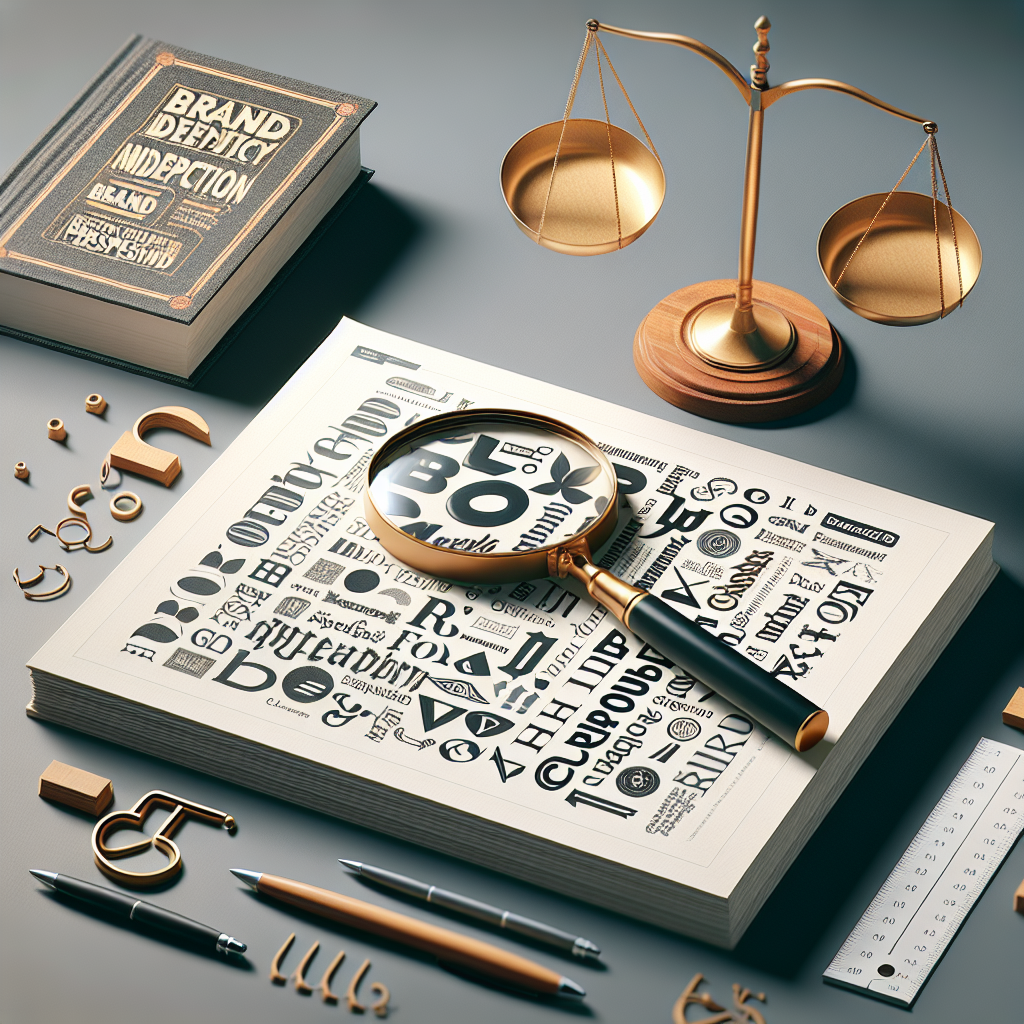The Role of Typography in Branding
Understanding Typography: The Foundation of Brand Identity
Defining Typography: More than Just Style
Typography is not merely about selecting a font style; it’s a multifaceted discipline that involves the art and technique of arranging type to make written language legible, readable, and visually appealing. It encompasses font choice, layout design, and the intricate balance between text elements.
The Importance of Fonts in Visual Communication
Fonts play a pivotal role in visual communication by conveying the tone and personality of the brand. They serve as the visual voice of the brand, enabling words to communicate more than their literal meanings. The right font can enhance readability and create an emotional connection with the audience.
Elements of Typography: Line Length, Spacing, and Hierarchy
Typography involves various elements such as line length, spacing, and hierarchy. Line length affects readability and should be optimized for ease of reading. Spacing, including kerning, tracking, and leading, ensures that text is neither too cramped nor too sparse. Hierarchy guides the reader’s eye through the content, emphasizing the most important information first.
The Psychology of Fonts: How Typography Influences Perception
The Emotional Impact of Typography on Consumers
Typography can evoke a wide range of emotions. For instance, elegant script fonts can evoke sophistication, while bold, geometric fonts can impart a sense of modernity and strength. The emotional impact of typography plays a crucial role in shaping consumer perceptions and driving brand affinity.
Serif vs. Sans Serif: What Your Font Choice Says About Your Brand
Serif fonts, with their decorative strokes, often convey tradition, reliability, and authority. In contrast, sans-serif fonts are seen as modern, clean, and efficient. The choice between serif and sans-serif can dramatically affect how a brand is perceived by its audience.
The Role of Font Pairing in Evoking the Right Feelings
Font pairing, the combination of two or more fonts, can enhance the aesthetic and functional aspects of typography. Effective font pairing can create contrast, highlight important information, and evoke the right emotional responses, contributing to a cohesive brand identity.
Creating Consistency: Typography as a Key Component of Brand Guidelines
Establishing a Typographic System: A Consistent Voice Across Platforms
A typographic system ensures that a brand presents a consistent visual identity across all platforms. This involves selecting a primary font family and supplementary fonts that align with the brand’s voice and apply them consistently in all communications.
The Importance of Fonts in Logo Design and Brand Recognition
Fonts are instrumental in logo design and can significantly impact brand recognition. A well-chosen font can make a logo memorable and instantly recognizable, reinforcing the brand’s identity every time a consumer encounters it.
Examples of Successful Brands with Cohesive Typography Strategies
Brands like Apple, Coca-Cola, and Nike have successfully used typography to create cohesive and powerful brand identities. Their meticulous typographic choices have become central to their brand strategies, enabling strong recognition and loyalty.
Typography in Action: Case Studies of Effective Branding
Analyzing Notable Brands: How Typography Shapes Their Identity
Notable brands have leveraged typography strategically to shape their identities. For instance, Google’s clean and approachable sans-serif fonts convey simplicity and user-friendliness. Similarly, The New York Times’ use of traditional serif fonts underscores heritage and credibility.
The Evolution of Typography in Branding Over the Years
Typography in branding has evolved significantly, influenced by design trends and technological advancements. From ornate Victorian lettering to modern minimalistic fonts, each era has seen distinct typographic styles that reflect cultural shifts and technological possibilities.
Lessons Learned from Brands that Got Typography Right (or Wrong)
Studying brands that have succeeded or failed with their typographic choices offers valuable lessons. Brands that get typography right, like Airbnb, create harmonious and appealing identities. Conversely, brands that choose poorly matched fonts can suffer from inconsistent and confusing brand messaging.
Future Trends in Typography: What’s Next for Brand Identity
The Rise of Custom Fonts: Personalization in Branding
Custom fonts are rising in popularity as brands seek unique ways to distinguish themselves. Custom typography allows for personalized branding that can’t be easily replicated, providing a distinctive and memorable brand identity.
Minimalism in Typography: Less is More
The minimalist trend in typography emphasizes simplicity and clarity, stripping away unnecessary elements to focus on essential components. This approach not only enhances readability but also communicates a sense of modernity and sophistication.
Predictions for the Future of Typography in Digital Branding
As digital platforms evolve, so does the application of typography. Future trends may include variable fonts that adapt to different screen sizes and interactive fonts that change with user engagement, offering new ways to engage audiences and enhance brand expression.
Conclusion: Embracing Typography as a Strategic Branding Tool
Recap of Typography’s Importance in Defining Brand Identity
Typography is a powerful tool in defining and communicating brand identity. It shapes how a brand is perceived and can significantly influence consumer behavior and loyalty.
Encouraging Brands to Invest in Thoughtful Typography Choices
Brands should invest in thoughtful typographic choices, recognizing the importance of typography in conveying the right message, emotion, and persona. This strategic investment can lead to stronger brand recognition and customer engagement.
The Lasting Impact of Typography on Brand Loyalty and Recognition
The right typography can leave a lasting impression, fostering brand loyalty and recognition. As consumers encounter consistent and thoughtfully designed typographic elements, they develop a deeper connection and affinity towards the brand.

